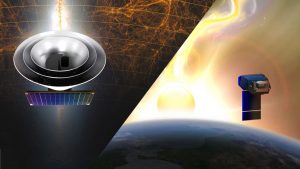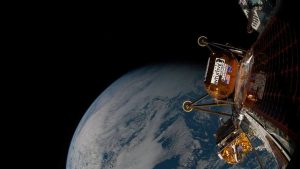Astronomers Spot White Dwarf Consuming Planets That Once Orbited It
Astronomers have been able to detect a white dwarf eating fragments of planets that once orbited it using X-ray studies. They say distant X-rays may be the most direct evidence yet of the remains of a disintegrated planet colliding with a white dwarf. A white dwarf is a star that has burnt up all its fuel and shed its outer layers. It is usually the size of Earth and one day our Sun will also become a white dwarf. This won’t occur for billions of years, but it is inevitable that the Sun will turn into a white dwarf, says the study.
More than 300,000 such stars are in our Milky Way galaxy. Many of these white dwarfs are believed to be accreting the debris from planets that once orbited them.
When a white dwarf pulls planetary material into itself, the process leads to the formation of a shock-heated plasma. This plasma then settles on the surface and when it cools it emits X-rays that can be detected. The team of astronomers used the Chandra X-ray Observatory, which has high-resolution cameras to distinguish between different X-rays, to look at G29-38. This stellar remnant is about 60 percent the mass of the sun and is located about 50 light-years from Earth. It lies in the constellation Pisces.
Scientists found that the x-ray flashes from the white dwarf G29-38 were consistent with planetary debris collisions. They have detailed their findings in a study published in the journal Nature.
“The exciting thing with our X-ray detection is that we are detecting emission from the moment this planetary debris hits the stellar surface, providing the first direct evidence that these systems are currently accreting,” study lead author Tim Cunningham told space.com.
Given the high percentage of white dwarfs with heavy metals in their atmosphere, the scientists believe there’s a good chance that some of the Sun’s planets will end in a collision with the Sun. If that happens, Earth’s demise will likely not be a whimper but it will end with a bang.



